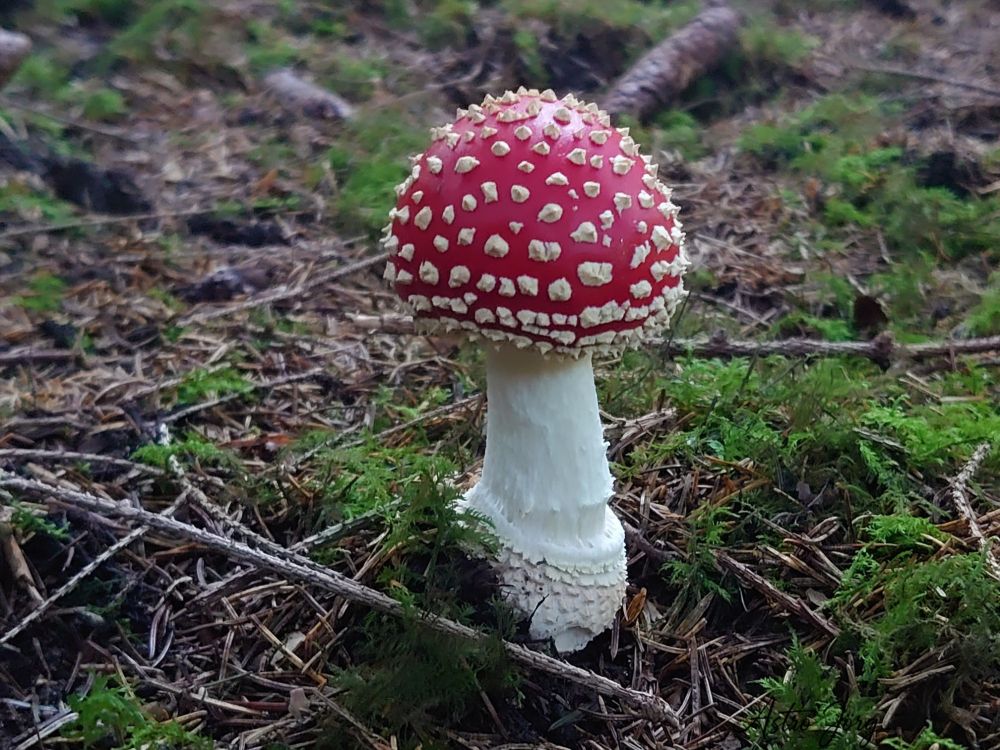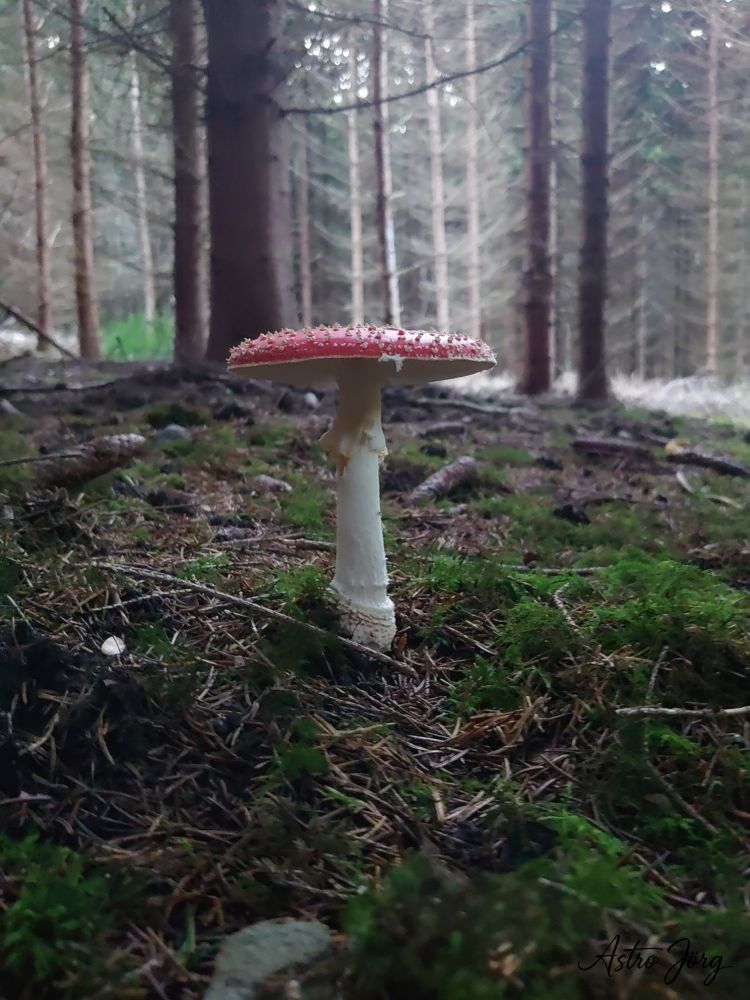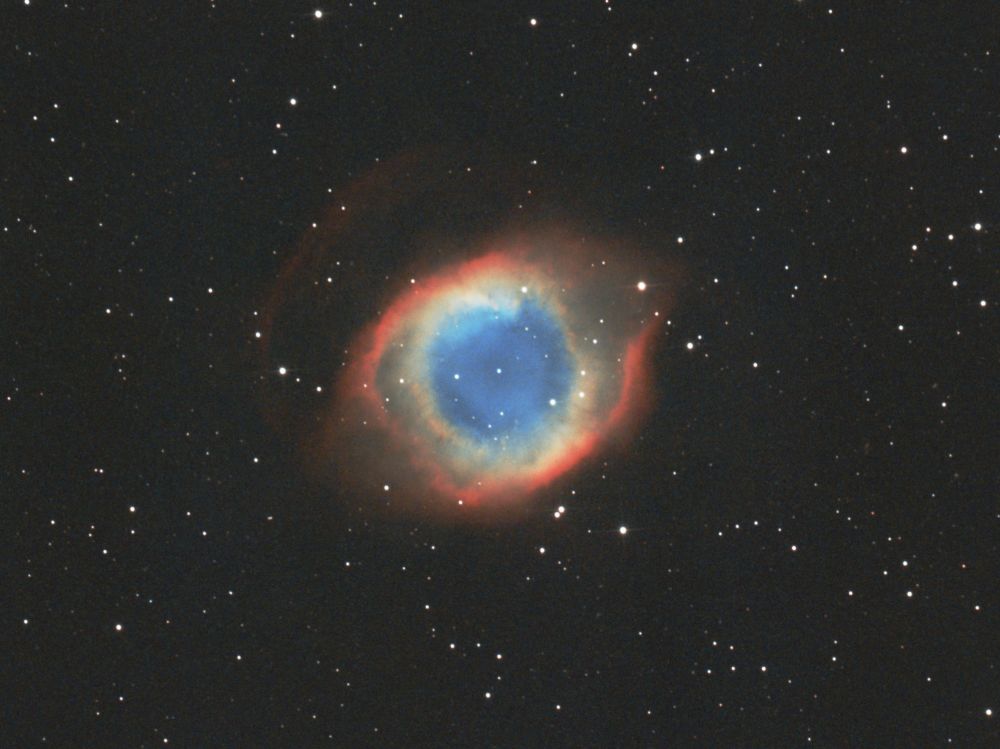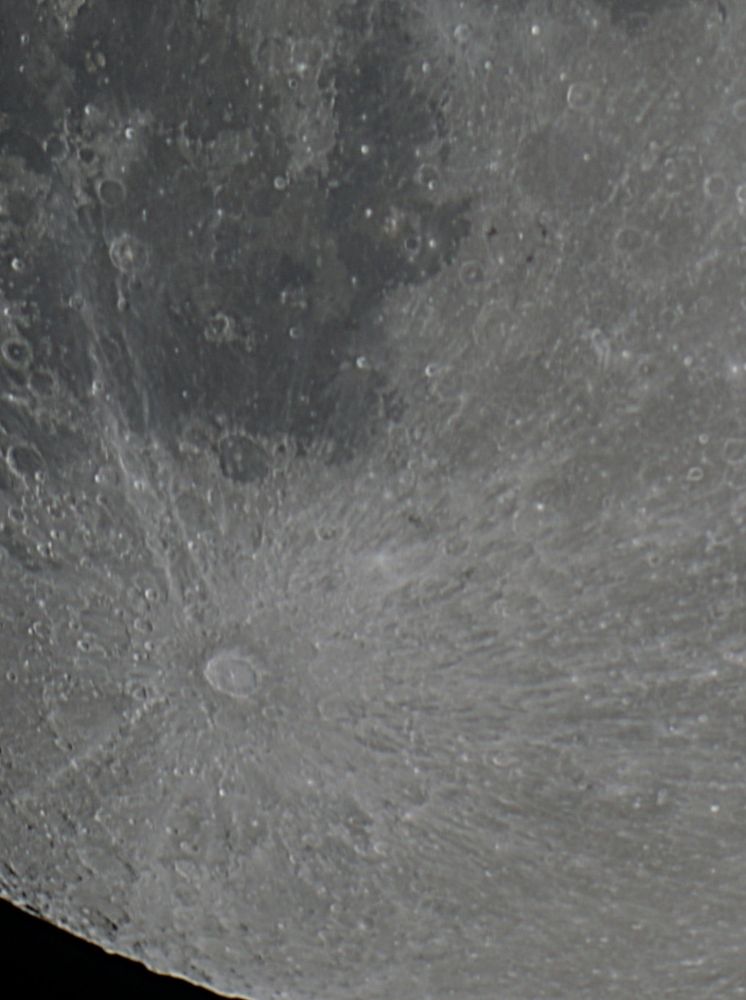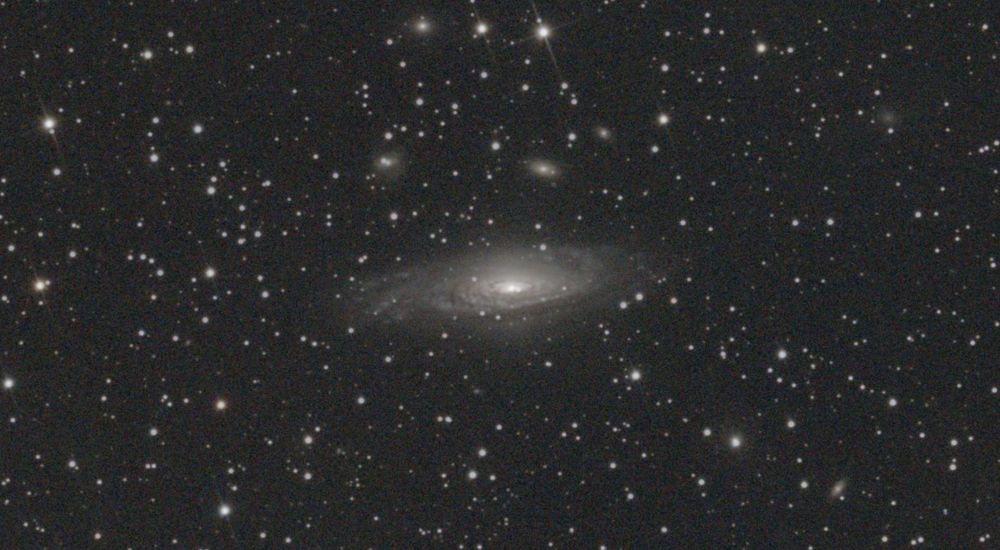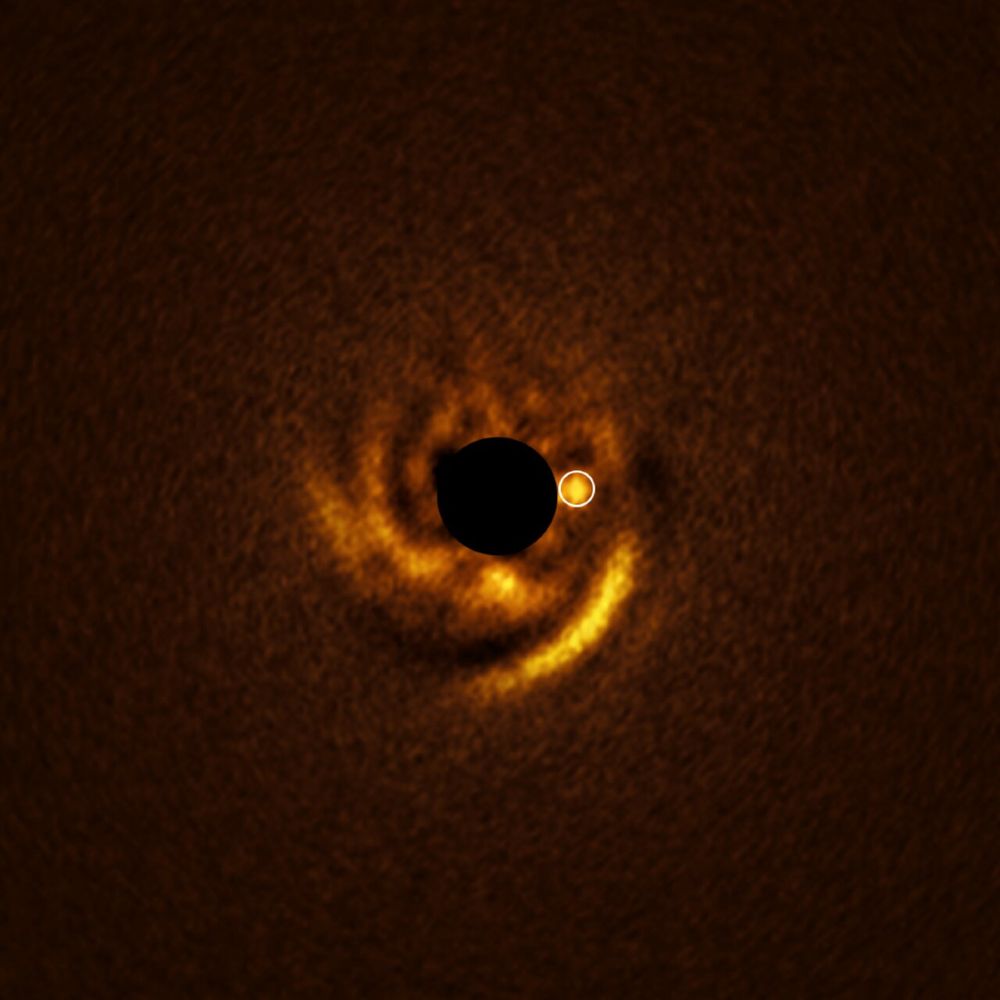
Jörg Altheimer
@jaltheimer.bsky.social
230 followers
170 following
80 posts
Computer scientist and entrepreneur. Working on archeometallurgy. Physics and spaceflight is my passion though.
Mostly posting #Astrophotography stuff here.
Posts
Media
Videos
Starter Packs
Pinned
Jörg Altheimer
@jaltheimer.bsky.social
· Sep 22
Jörg Altheimer
@jaltheimer.bsky.social
· Sep 12
Jörg Altheimer
@jaltheimer.bsky.social
· Sep 11
Jörg Altheimer
@jaltheimer.bsky.social
· Sep 11
Jörg Altheimer
@jaltheimer.bsky.social
· Sep 10
Jörg Altheimer
@jaltheimer.bsky.social
· Aug 20
Jörg Altheimer
@jaltheimer.bsky.social
· Aug 20
Jörg Altheimer
@jaltheimer.bsky.social
· Aug 16



